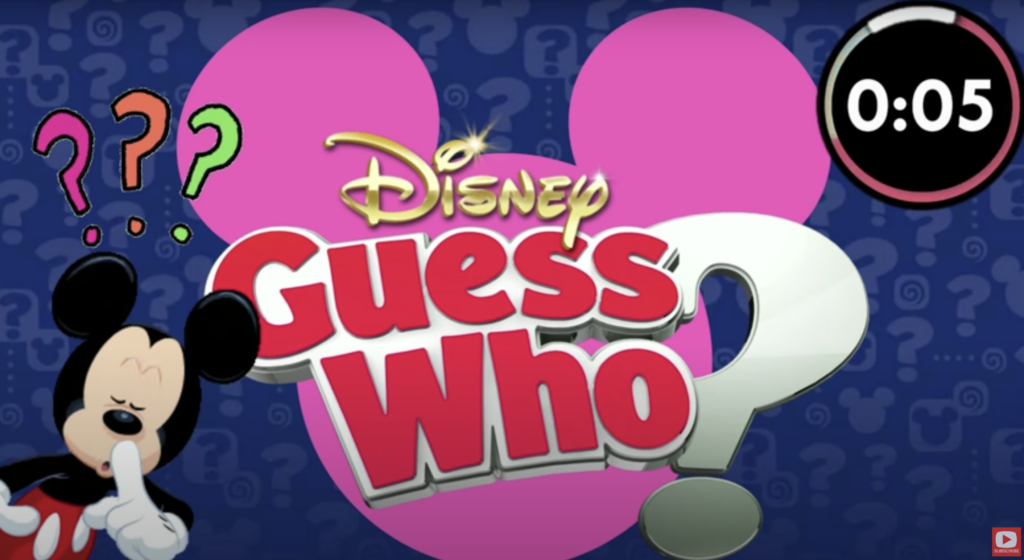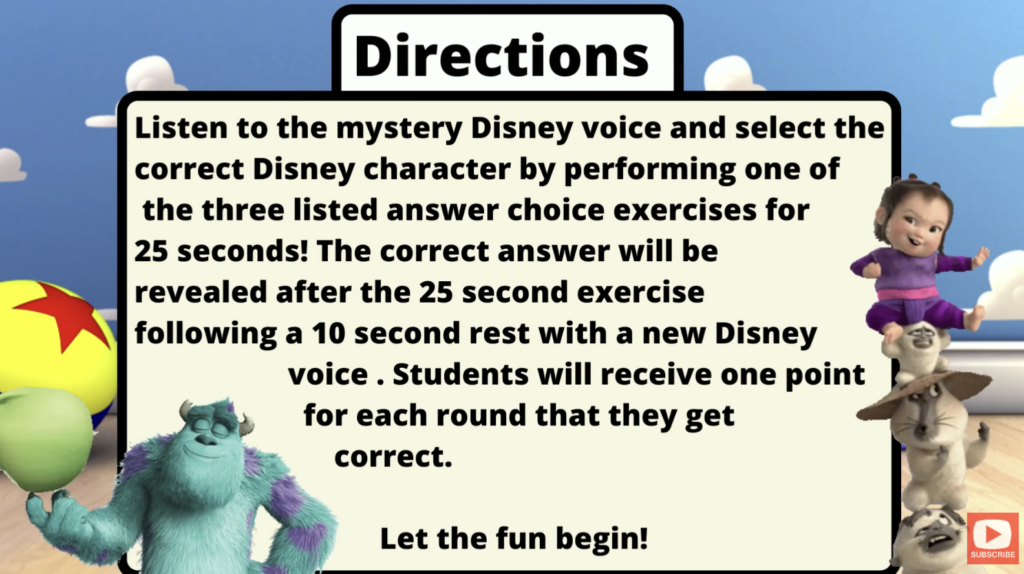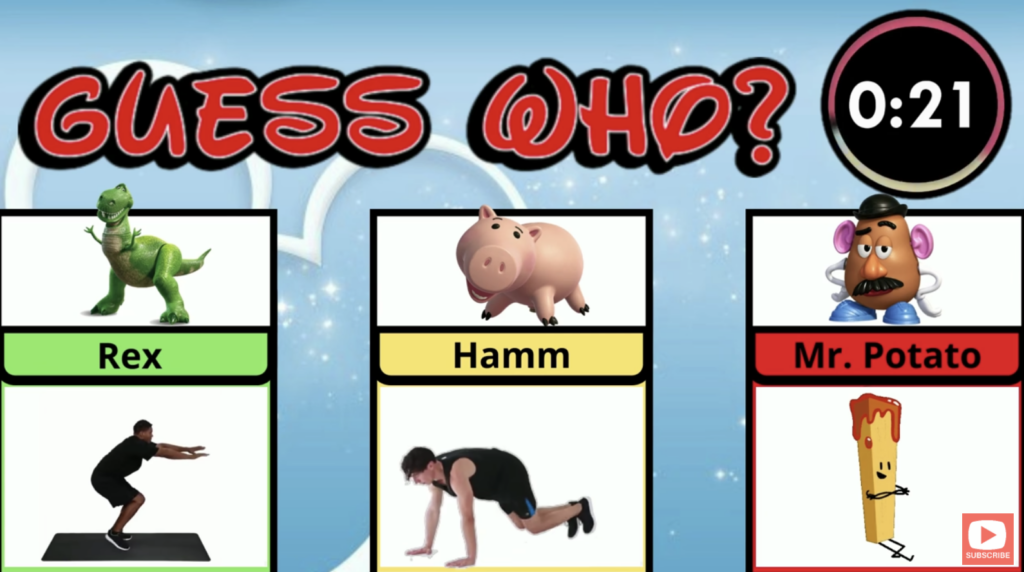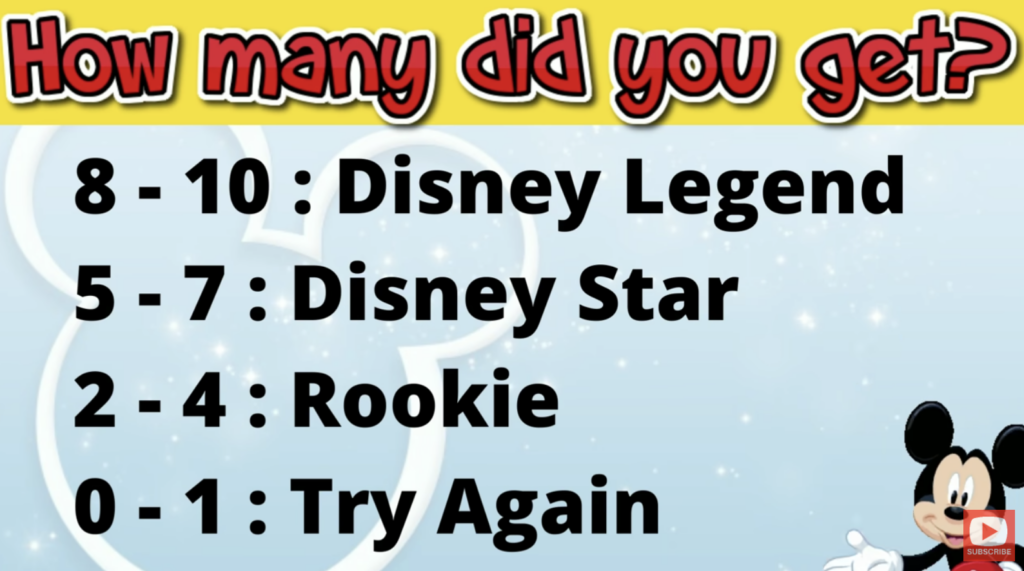
A well-designed media streaming source can lead to increased engagement and drive interactivity with students and people of all ages. Youtube, Twitch, TikTok, Instagram, and Facebook all have an inherent active and interactive component to them that push their learners to respond whether it be directly or indirectly (Bates, 2015). Although video streaming, swiping, and viewing on applications like the ones stated above may seem at times to be meaningless interactions, we are constantly making decisions, creating connections, and unawarely interacting with the content in front of us.
When googling “Brain Breaks” into my YouTube search bar I have to be conscious that the results that will be shown to me will be sorted and designed especially for myself based on my prior searches. A video that popped up and that I chose to analyze for this blog post is an example of a combination of a mental/physical activity brain break that could be used in a classroom during a transitional period to provide a stimulating break for students. I was recommended to watch this video by my previous research into Would You Rather physical activity brain break videos, where students are asked to choose between two options and then do the exercise provided for either choice.
The video I discovered “Can you guess the Disney’s voice? Sound trivia puzzle brain break” features ten segments, each of which starts with an audio clip of a Disney character and ends with three images of the possibly correct one.

As the three images appear, each character has a physical activity movement, in which the idea is for the students to perform the exercise of the voice character they think belongs to the audio clip.

After the exercise is completed, the correct character is revealed. This listen-guess-exercise-reveal format is repeated ten times with the finale being a breakdown of what level of Disney expert you are.

I would argue that this video provides its views with both user-generated interaction and designed interactivity. Though the video does not appear to be interactive inherently, it is intended to encourage interaction with the viewer through questions, answers, and physical participation (Bates, 2015). As well, the video allows viewers to voluntarily interact through a physical response (Bates, 2015). Because of the explicitness of the video and the viewers clearly stating follow-up tasks, the learner is able to respond to the video and participate as they please, while the instructor’s involvement is very minimal. In a sense, their only roles are to verbally ask the students the questions, potentially brainstorm answers with the students, and encourage students’ interaction and participation in the physical movements.
The video is designed very user-friendly with purposeful accessibility and inclusive design throughout. The video has both auditory and visual components that explain the learner’s tasks, including a countdown timer icon and audio, an explanation of each exercise for the instructor to read out, as well as a Giph of the physical activity for viewers to copy. The only addition to the video that I would suggest changing is an adaptation to the possible workout exercises based on a skill level.
In all, the video is very stimulating to watch and interact with, with colourful images, fun catchy music, and a variety of age-appropriate Disney references that were clearly thoughtfully designed to stimulate students and viewers. I am impressed with the design and will be using the video as a physical activity brain break in my future classrooms.
References
Bates, W. T. (2015). 9.6 Interaction. Teaching in a Digital Age. https://pressbooks.bccampus.ca/teachinginadigitalagev2/chapter/pedagogical-roles-for-text-audio-and-video/
Leave a Reply